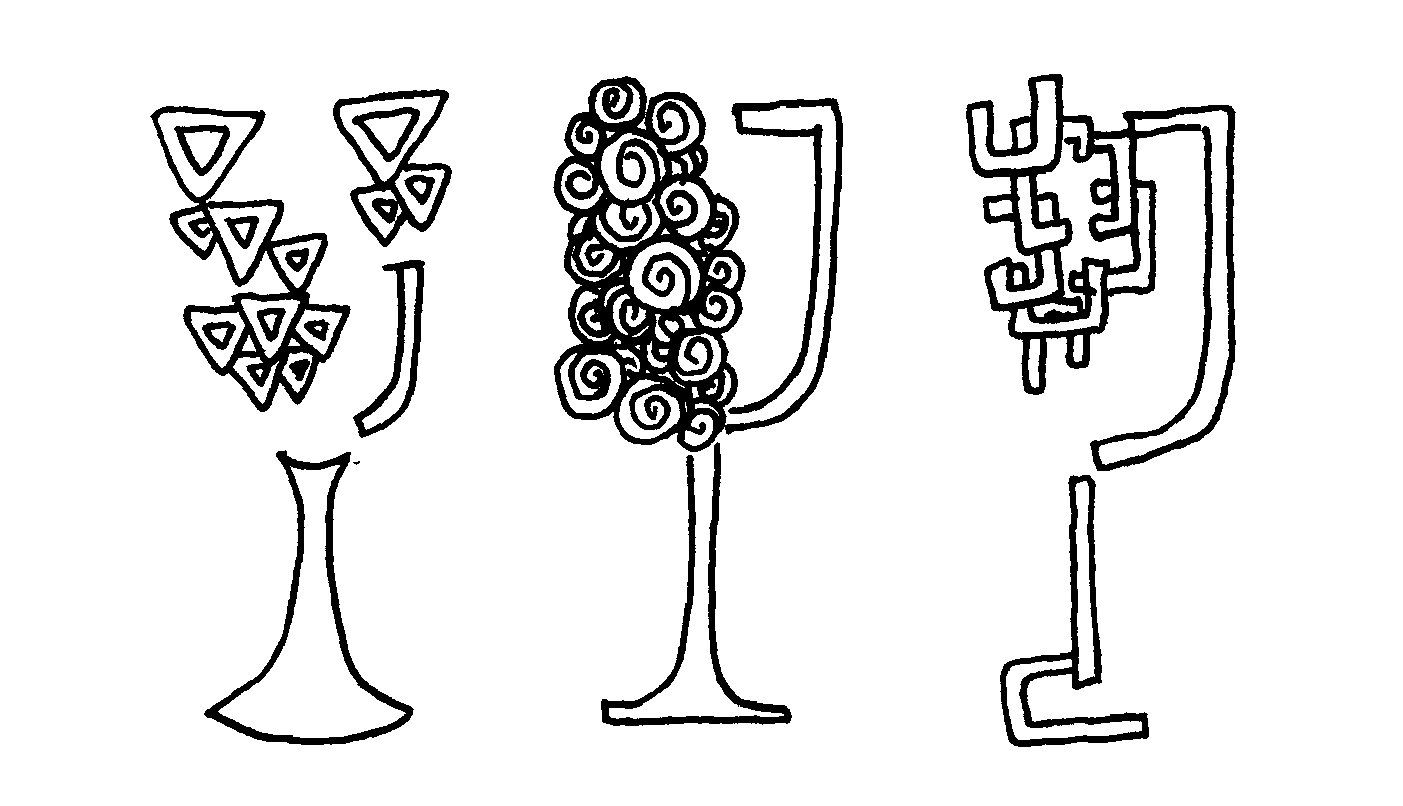Germany's Wine Laws Part I
German wine laws are crazy and can be very confusing when they are thrown at you like spaghetti. But contrary to what it might seem, there is actually quite a method to the madness.
Let’s start from the beginning...
The German Wine Law, founded in 1971, breaks down wines into a few categories, from lowest quality to highest quality (kind of like AOC laws in France or DOC laws in Italy). They are as follows:
Deutscher Wein and Landwein - These are the two lowest categories. Mostly crap wine. But don’t worry about these. You hardly even see these outside of Germany.
Qualitätswein (or QbA for short) - These have a good amount of regulations to make the wines better. Most German wine is in this category (like about 70%). The everyday, basic German drinking wine you find will probably be a QbA.
Prädikatswein (or Prädikat for short) - These are Germany’s quality wines and the wines Germany is known for! Keep reading…
But here’s what Germany does differently:
Those super-quality Prädikat wines are labelled based on how ripe the grapes are when they are picked. Most wine labelling systems in other countries, on the contrary, are based around specific geographic areas, emphasizing the notion of terroir.
This is because Germany has a very cool climate and ripe grapes are a hot commodity! The riper the grapes, the higher the value and perceived quality.
Are the Prädikat wines sweet?
One key thing to keep in mind is that riper grapes = higher sugar content.
But, just because there is more sugar in the grapes does *not* mean the final wine will be sweet. The winemaker can choose to make the final wine in either a sweet or dry style.
The Prädikat wines are ranked from least to most ripe. These are the words, by the way, you will see on a the label of a Prädikat wine:
Kabinett - can be sweet or dry
Spätlese - can be sweet or dry
Auslese - can be sweet or dry
Beerenauslese - always sweet
Trockenbeerenauslese - always very sweet
Riper grapes (like those in a Spätlese or Auslese) made in a dry style are praised for their full body, higher alcohol content and luscious complexity compared to Kabinetts which will be light and fruity, less complex and more easy drinking.
TIP: To know whether one of these wine will be sweet or dry look for the words “trocken” or “selection” (these are dry) or “halbtrocken,” “classic,” or “feinherb” (these words designate off-dry).
Ok, great. One small problem…
This system, which completely revolves around grape ripeness, does not take into account geographic delineation, in other words, there is no attention paid to terroir! Isn’t terroir still important?!












The two grapes that really steal the show in your Bordeaux reds are Cabernet Sauvignon and Merlot. There’s a big difference in style between the two. So, how do they taste different, and how do you know which one you’re getting (cause it won’t say on the label)?